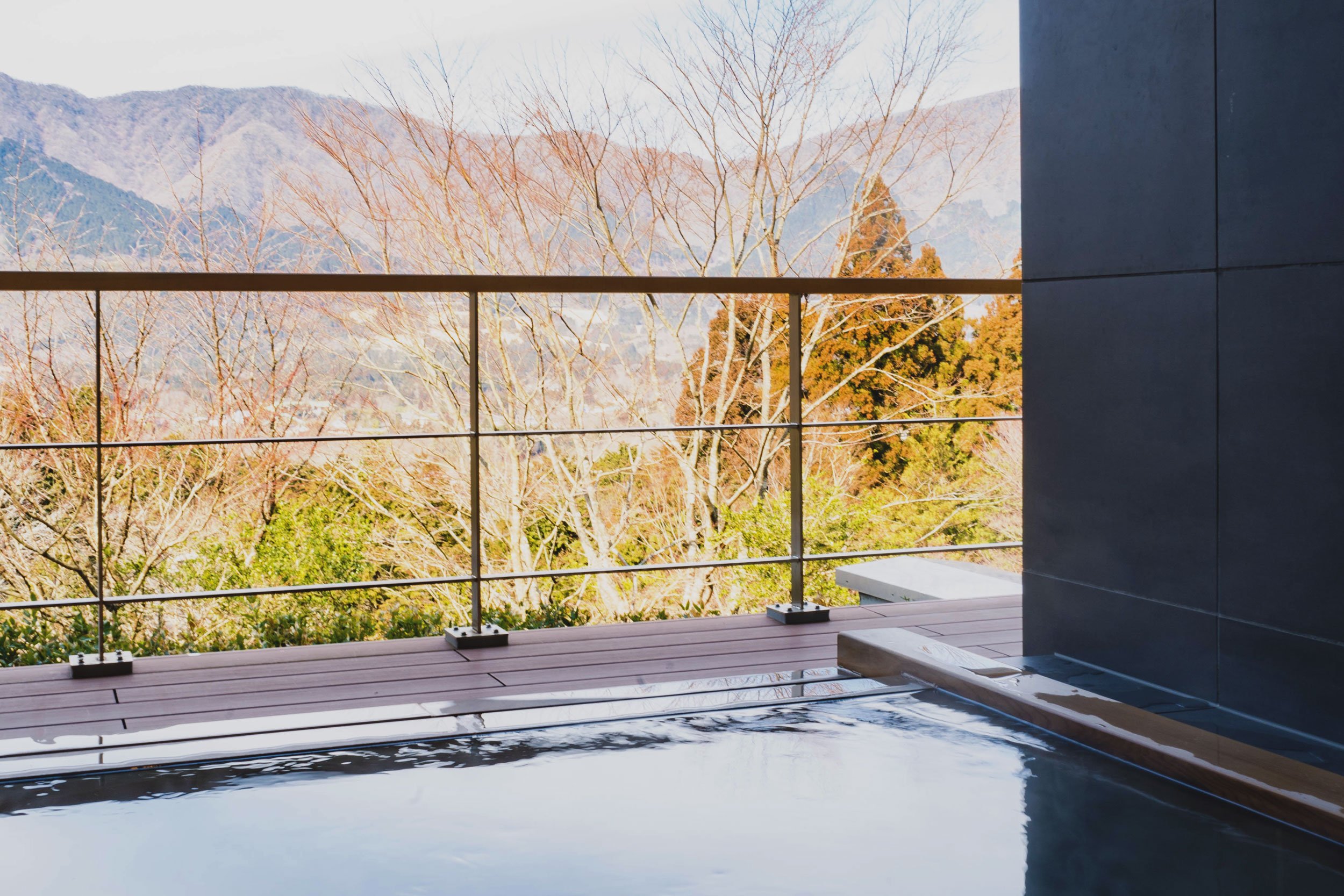Kadokawa Culture Museum
A day trip to Kadokawa Musashino Museum, a modern museum/library designed by Kengo Kuma.
Kusatsu Onsen
Ranked as one of the top onsen areas in Japan, Kusatsu Onsen is a quaint town to relax in with only hot springs on your mind.
Hakone: Hotel de Yama
A Hakone stay at Lake Ashi with at Hotel de Yama, overlooking the Hakone Azalea Fair.
Hakone: Hoshino Resorts KAI Sengokuhara
A peaceful Hakone getaway at the Hoshino Resorts KAI Sengokuhara, a luxurious boutique ryokan with private onsen hot spings.
Mt Takao New Year’s Sunrise
Watching the first sunrise of the new year from atop a mountain in Japan.
Nikko: Hoshino Resorts KAI Kinugawa
A great night in Nikko at Hoshino Resorts KAI Kinugawa.
Kamakura: A Day Trip from Tokyo
A day trip to a big Buddha statue and some historical sights in the seaside neighborhood.
Koshu, Yamanashi: Grapes and Wine Town
A day trip to Koshu, Yamanashi, known for some of the best grapes in Japan.











